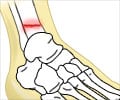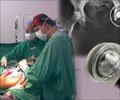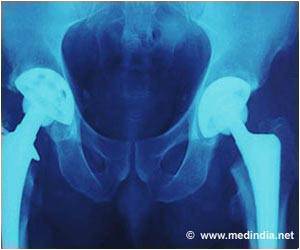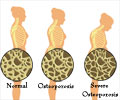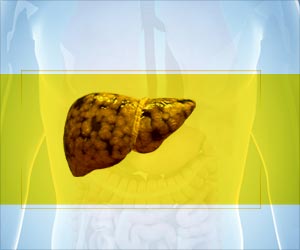Total hip replacement was found to affect the development of sacral insufficiency fracture (SIF), a type of pelvic stress fracture.
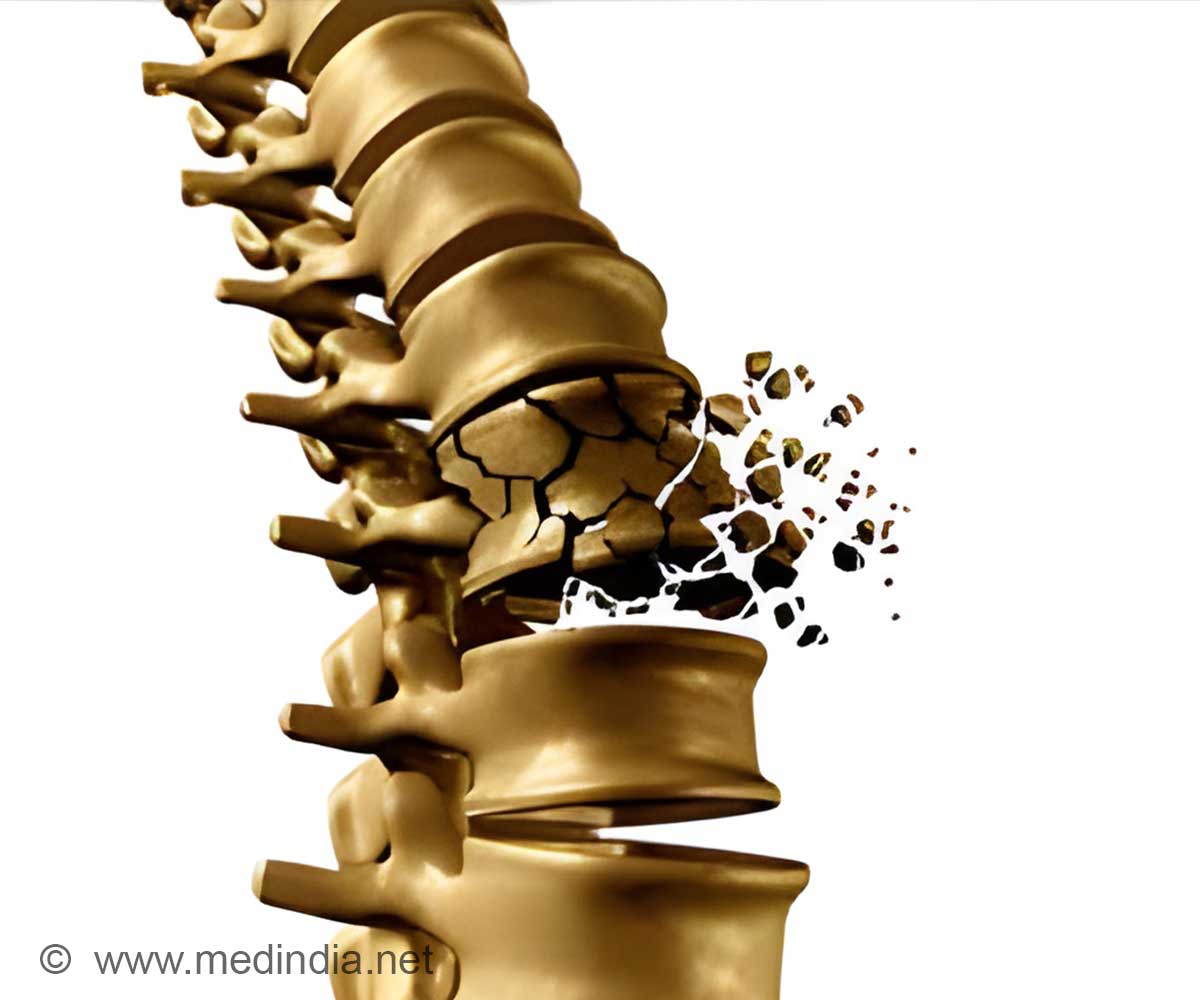
Study suggests 'spatially different bone remodeling' across the sacrum following THA
These fractures most commonly occur in older women, causing low back pain that worsens with activity. SIF is becoming increasingly common as the population ages and live longer, leading to more patients with osteoporosis.
Although several risk factors for SIF have been identified, the role of THA is unclear. Dr. Graul and colleagues designed a two-part study to assess the influence of THA on the development and localization of SIF. In a review of 171 patients diagnosed with SIF, the researchers identified 50 patients with previous THA in one or both hips. The average age was 79 years, and 40 of the patients were women. On average, SIF developed about eight years after THA.
Among the 31 SIF patients who had undergone THA in just one hip, the SIF was located in the opposite side twice as often as in the operative side (42 percent compared with 19 percent, respectively). The remaining 39 percent of patients developed SIF on both sides of the pelvis.
In the second part of the study, the researchers analyzed 39 patients with initially healthy bone mineral density who underwent THA. Changes in bone density were assessed in computed tomography scans performed at 1 year after THA. The results showed a small but significant reduction of bone mineral density in the sacrum, but only on the side opposite from the THA. There was no significant change in bone mineral density in the sacrum on the same side as the THA.
Advertisement
Click to read “Does Total Hip Arthroplasty Influence the Development and Localization of Sacral Insufficiency Fractures?“
Advertisement
Source-Eurekalert

